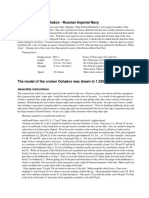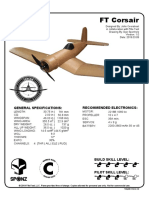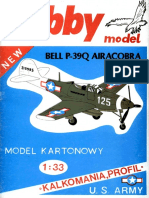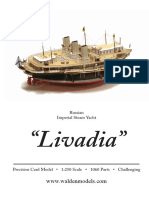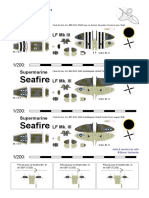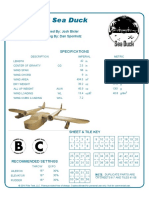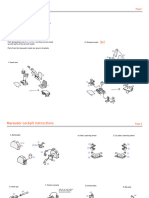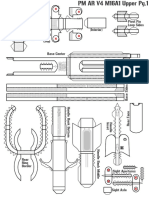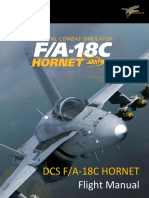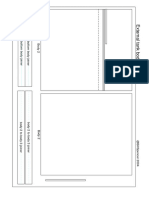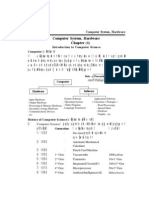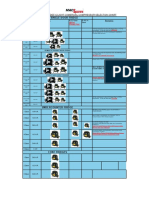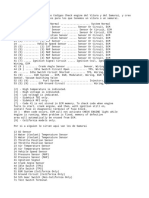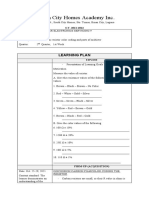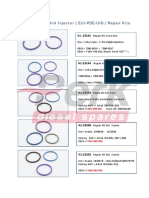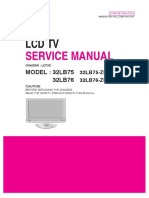100% found this document useful (1 vote)
288 views19 pagesAtlas V Paper Model Kit Guide
This 3 sentence summary provides the essential information about the document:
The document provides instructions for building a 1:150 scale paper model of an Atlas V rocket using printed parts, scissors, glue, and other basic tools. It outlines 14 steps to construct major components like the rocket booster, solid rocket boosters, fuel line, cable raceway, heat shield, and bottom heat shield piece. Careful cutting, scoring, folding, and gluing are required to assemble the paper model components according to the diagrammed instructions.
Uploaded by
Jefferson MatheusCopyright
© © All Rights Reserved
We take content rights seriously. If you suspect this is your content, claim it here.
Available Formats
Download as PDF, TXT or read online on Scribd
100% found this document useful (1 vote)
288 views19 pagesAtlas V Paper Model Kit Guide
This 3 sentence summary provides the essential information about the document:
The document provides instructions for building a 1:150 scale paper model of an Atlas V rocket using printed parts, scissors, glue, and other basic tools. It outlines 14 steps to construct major components like the rocket booster, solid rocket boosters, fuel line, cable raceway, heat shield, and bottom heat shield piece. Careful cutting, scoring, folding, and gluing are required to assemble the paper model components according to the diagrammed instructions.
Uploaded by
Jefferson MatheusCopyright
© © All Rights Reserved
We take content rights seriously. If you suspect this is your content, claim it here.
Available Formats
Download as PDF, TXT or read online on Scribd
/ 19











